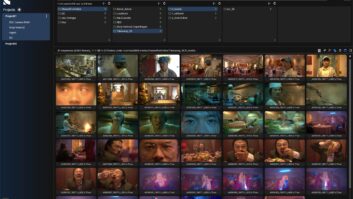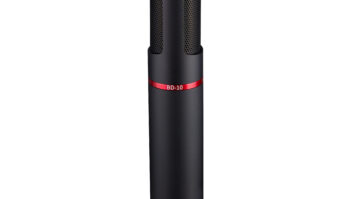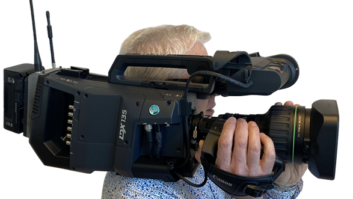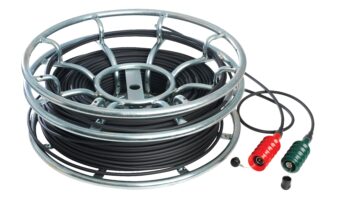Once a firm SGI stalwart, news that Autodesk has ported its Discreet Inferno vfx system over to Linux confirms the PC’s hegemony in the effects business for anyone who still had any lingering doubts.
Inferno is still the hero suite’s hero suite, containing a robust toolset for high-speed compositing, advanced graphics and interactive design. It has shaped more blockbuster feature films and television programming over the years than anyone can reliably count, as well as numerous Super Bowl commercials and premium television channel branding.
It first appeared on Linux in November 2005, when Autodesk launched a Linux-based configuration of the v6.5 system exclusively for the Japanese market. As a result of what Autodesk refers to as “global customer interest and immediate success in Japan”, the company is now taking it worldwide.
“Autodesk’s Discreet Inferno visual effects system provides the ultimate interactive experience,” said Martin Vann, vice president of Autodesk’s Media & Entertainment Division. “With the Discreet Inferno system’s rich toolset on a high-powered, multi-core Linux workstation, users will benefit from even faster processing speeds and greater interactivity. For customers who create demanding visual effects with multiple layers and heavy data sets, the Discreet Inferno system on the Linux workstation can offer up to five times the performance (per CPU) of previous SGI platforms such as the Onyx 2.”
Discreet Inferno running on Linux-based workstations will be offered in addition to the currently shipping version of Discreet Inferno on the SGI Onyx 350 Visualisation System and will begin shipping worldwide on an IBM dual-core AMD workstation in late April.
Also worth noting, the company was showing Autodesk Toxik 2007 at NAB which offers a range of new capabilities, including a Paint system that allows interactive painting of high-resolution, high-dynamic-range imagery (HDRI). HDRI is growing in popularity because it captures extensive colour and lighting information on set, ranging from direct sunlight to the deepest shadows. This gives digital artists more creative options than traditional digital imagery, as well as allowing for far more naturalistic compositing.







